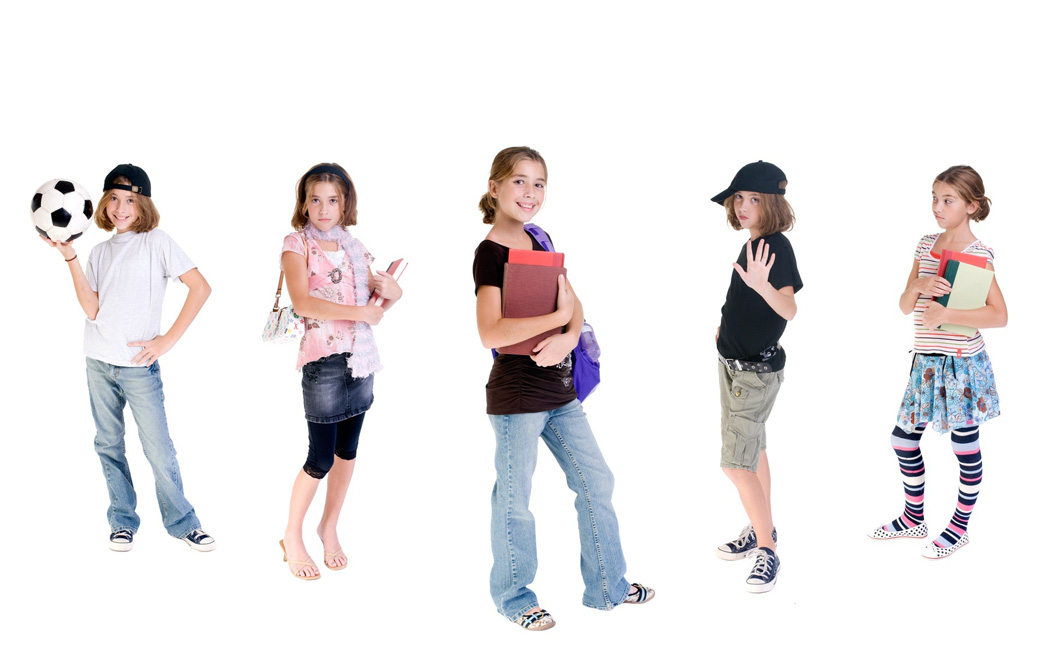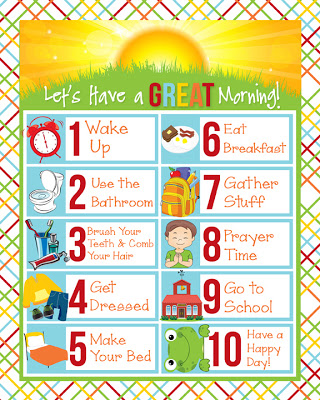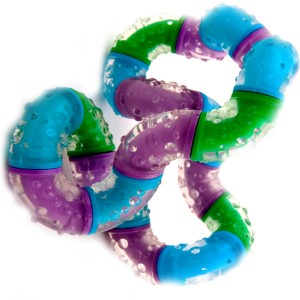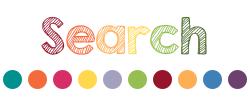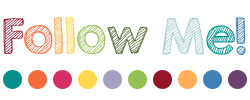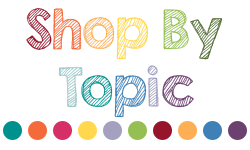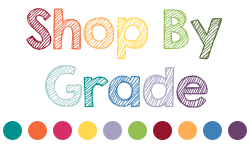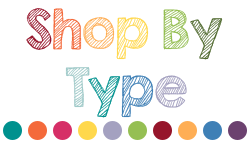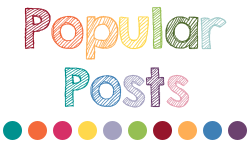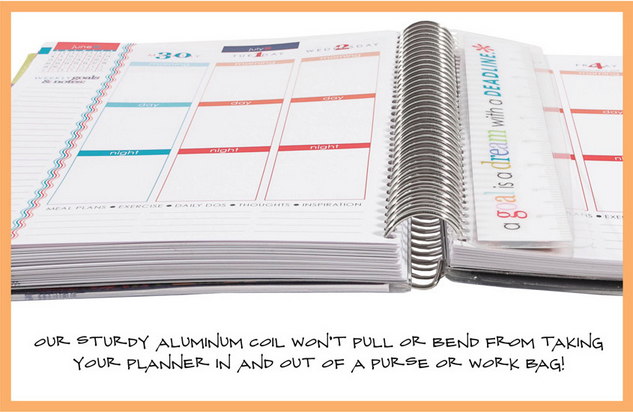
Last year, I ordered my first Erin Condren Life Planner. I loved it so much that I convinced a few of my coworkers to get one too and wrote a review about it here as well. This year, I found out the new ones would be available on June 4th and started the countdown in my head to when I could order mine (my husband thought I was nuts).
I placed my order this morning, but here’s what I can say so far:
Loves:
- Having a weekly “to do” list on the side of each week and daily “to do” lists below each day. Prior year’s planners had them on most pages, but were missing them for the first week of each month. This will definitely help my organization!
- Ability to personalize rectangle stickers. In the past, I got a million “vegas” or “play” stickers, which I didn’t have a lot of use for. Now, I can personalize them for institute days, school improvement days, parent-teacher conferences, etc., which is awesome!
- The classic cover choices. I was a little nervous when I started to see some of the new color options for this year, but was super relieved that many of my favorites from last year were still there! This is the one I ordered this year, with a list of my favorite things for the background and “2013-2014 School Year” for the title, of course:
- Continued durability that I loved from last year. Everything from the super laminated cover to the sturdy aluminum coil put up with all the abuse I put it through last school year. I was happy to see none of these things changed!
My Wishes for Next Year:
- More “circle sticker” choices. You can upload your own images, but I’d love if they had more pre-made images for holidays to choose from.
- Cheaper notebooks for the back. I’m already forking out $50-$60 for a planner. I feel like it’s a little rough to charge an additional $18.50 for matching notebooks, even though they are super cute and personalized. Surely they could get the cost down a bit for those of us already buying a planner!
- Ability to personalize ALL the rectangle stickers. While it is faster (for me and probably for them too!) to have some of them with specific events already made up (sale!, no work!, doctor appt., party!, etc.), it’d really be nice to do ALL my own. That way, I can color code and not be stuck in the colors they’ve decided for certain types of events (light blue for fun things, red for work).
- An improved pen holder. I still ordered one again for this year, but my one from last year started stretching out after only a month or so. I’d love some higher quality elastic for it.
Even though I think there are a few improvements for future years, I am SUPER excited to get mine!! The bright colors and fun overall feel of the planner got me through last year! I ordered it today and the estimated ship date is June 14th, so I’ll post an update when it arrives in its adorable, bright-colored box 🙂
A final note: All of the pictures on this post are from the Erin Condren site. None of them are mine!
Update:
Here are some pictures of mine! I love it so much. It almost makes me feel ready for school!

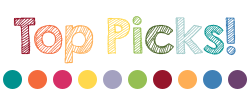
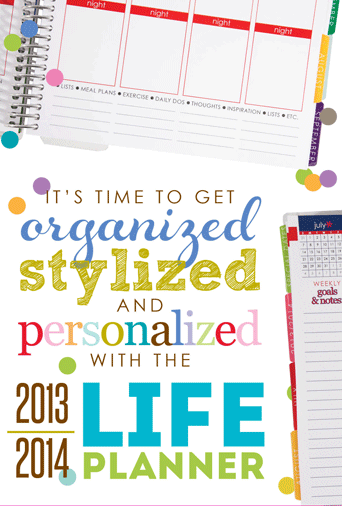
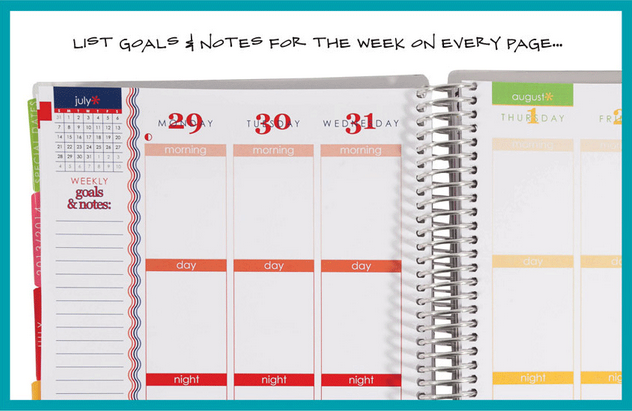
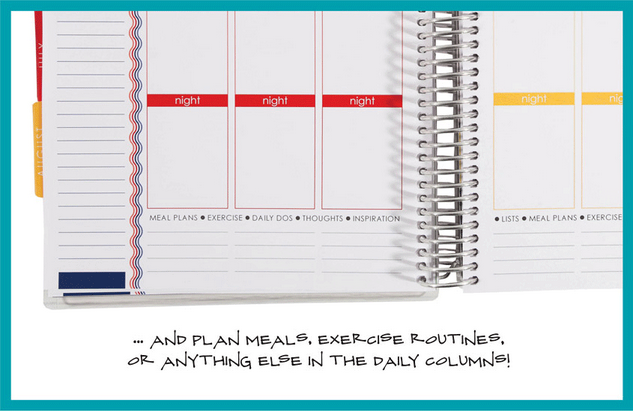
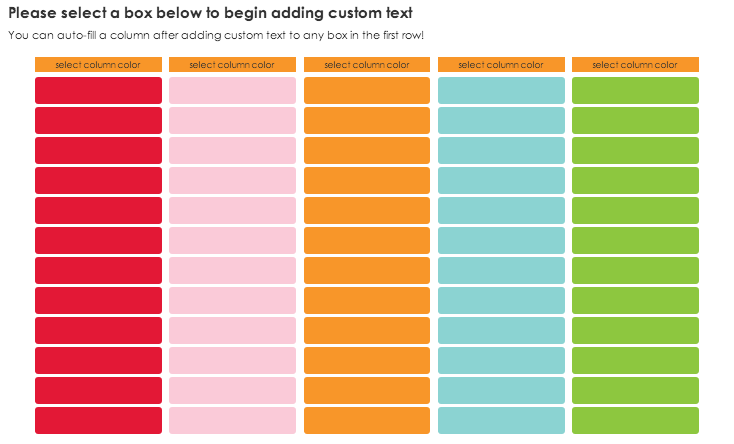
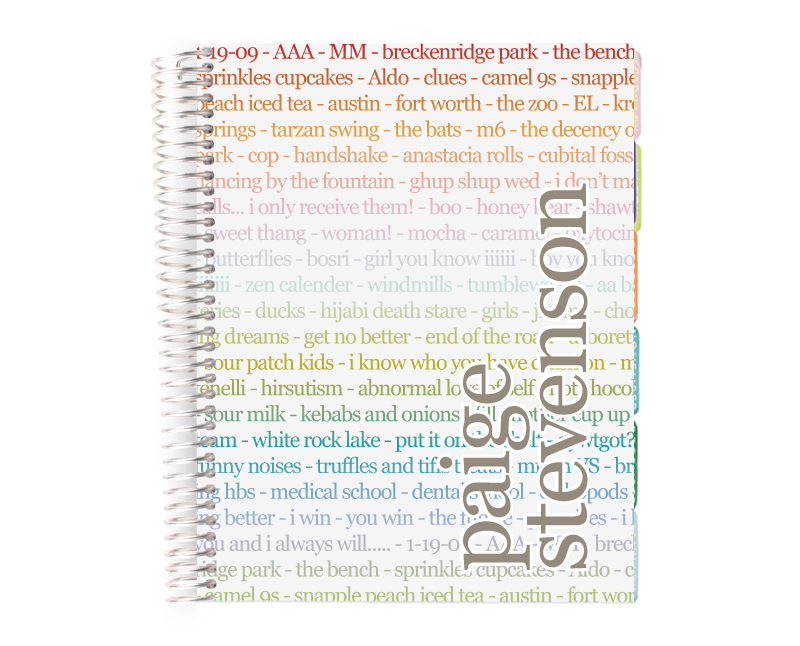
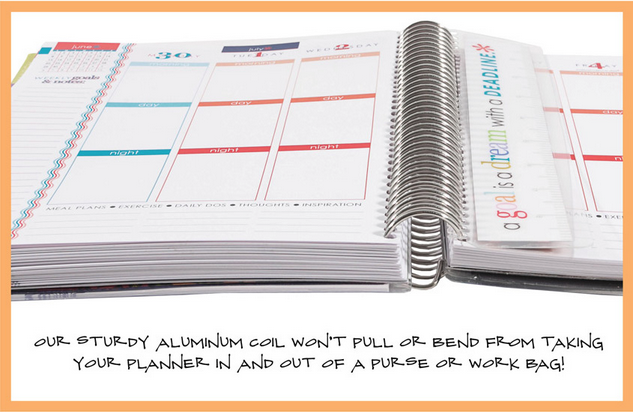


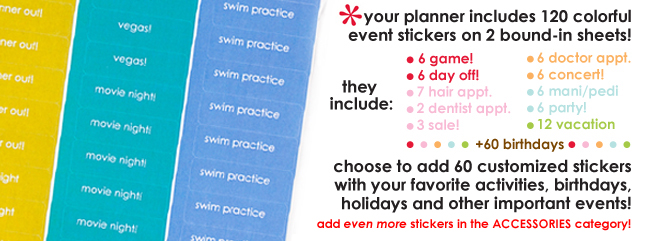

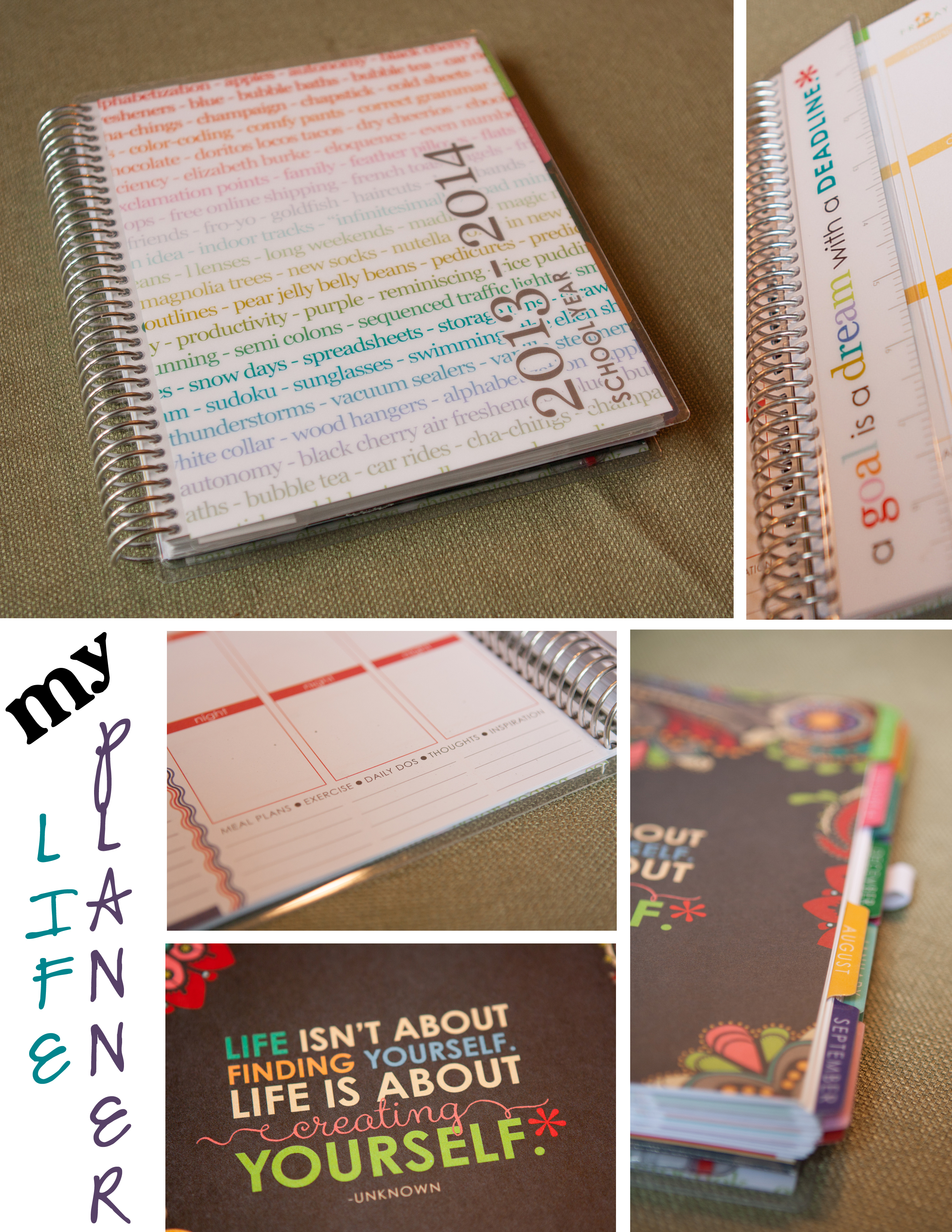
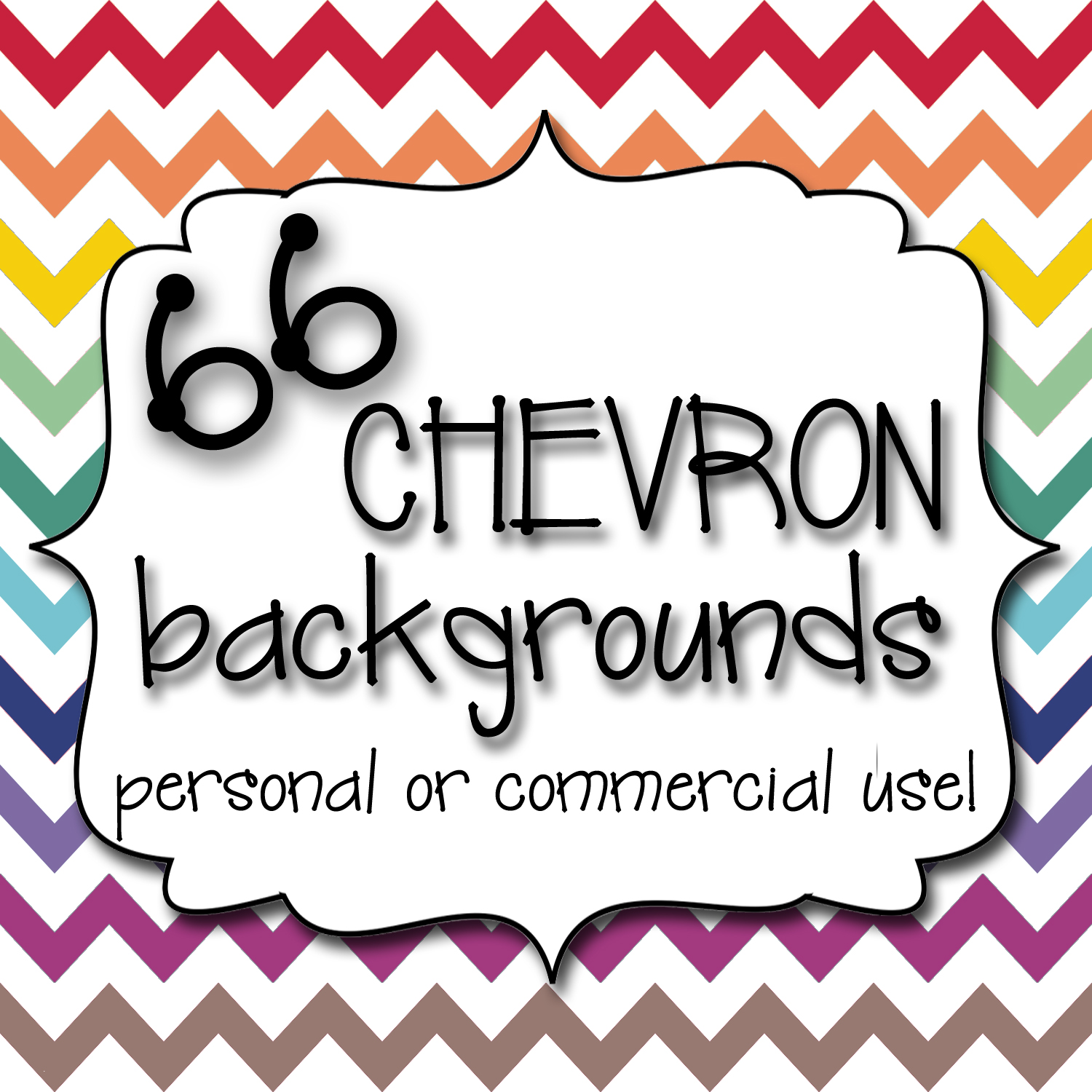
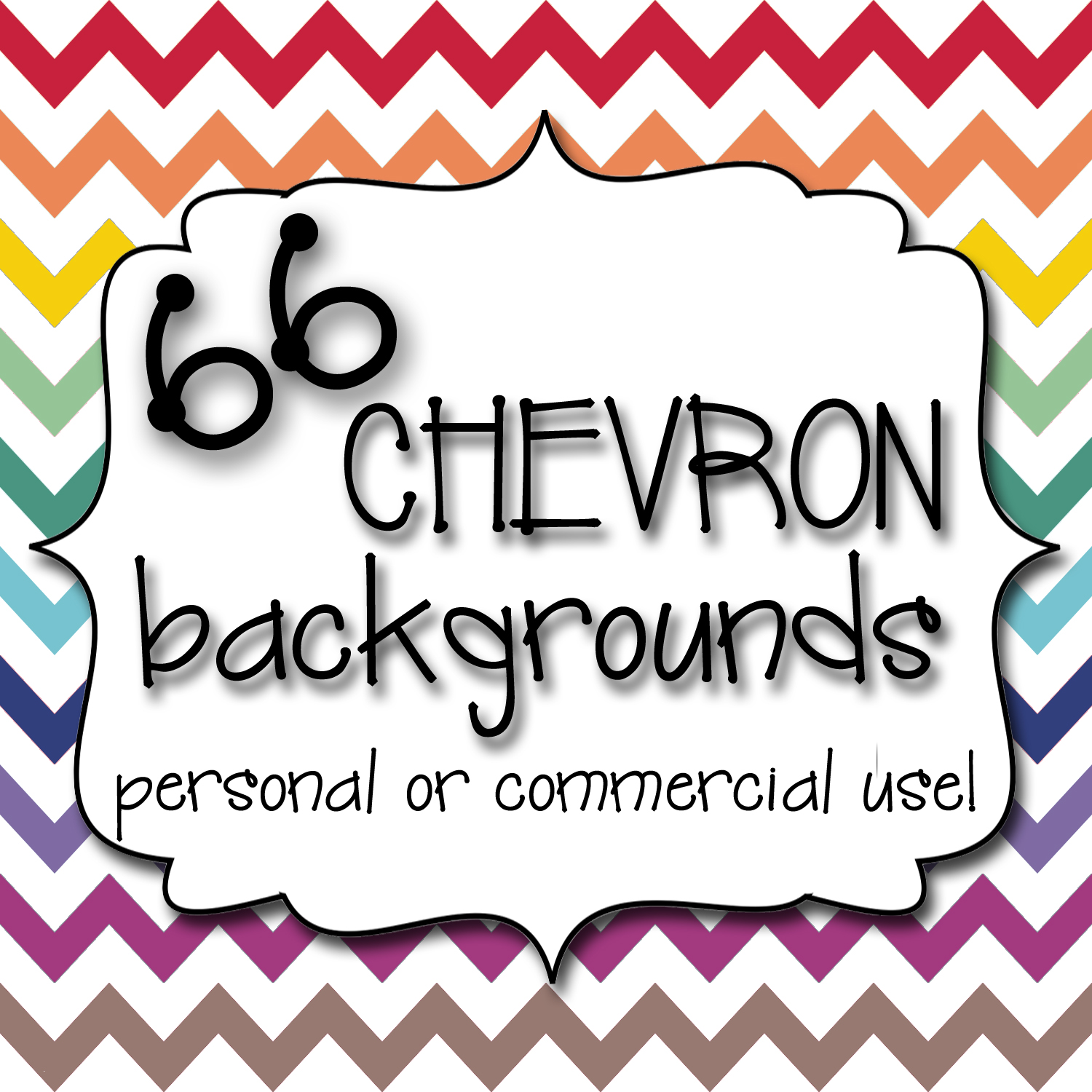
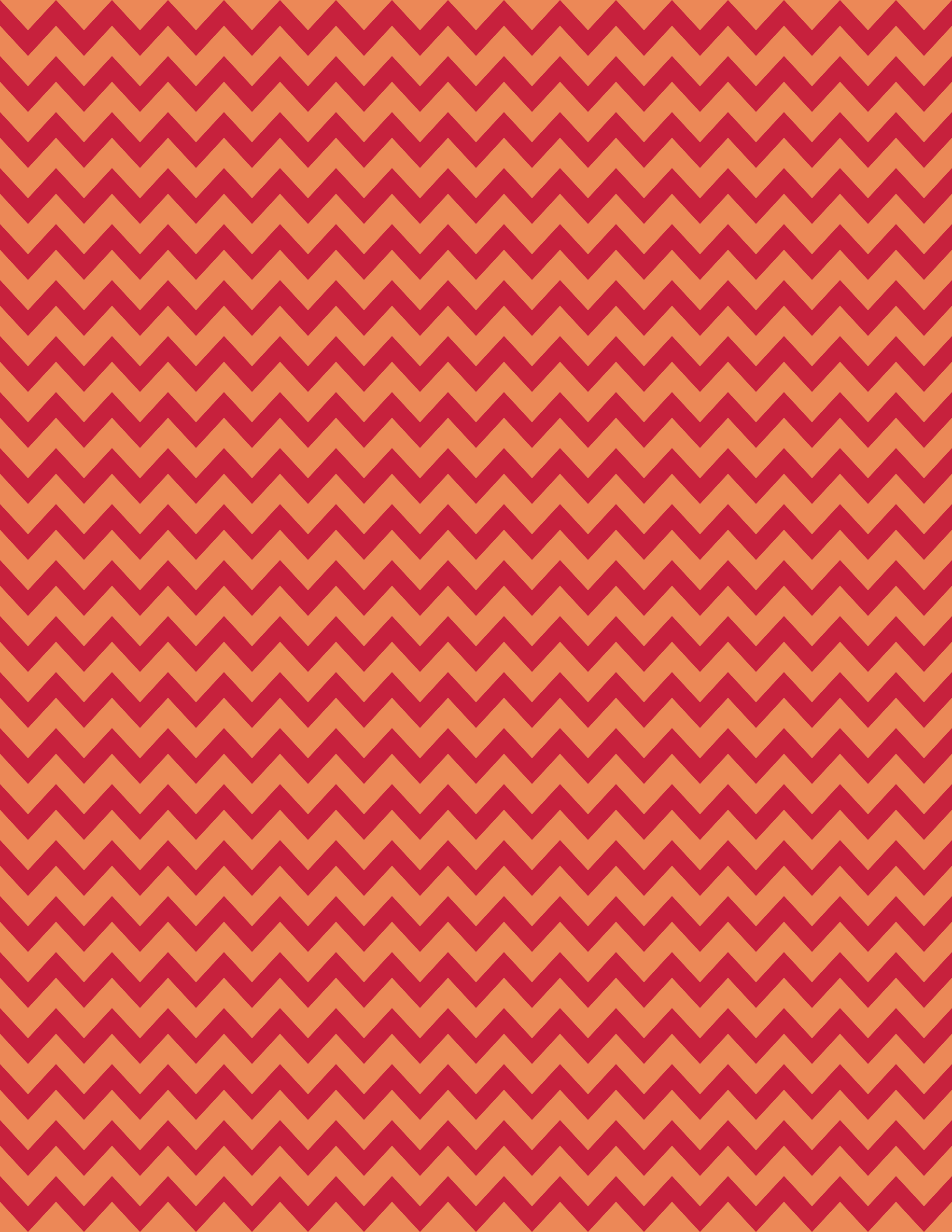
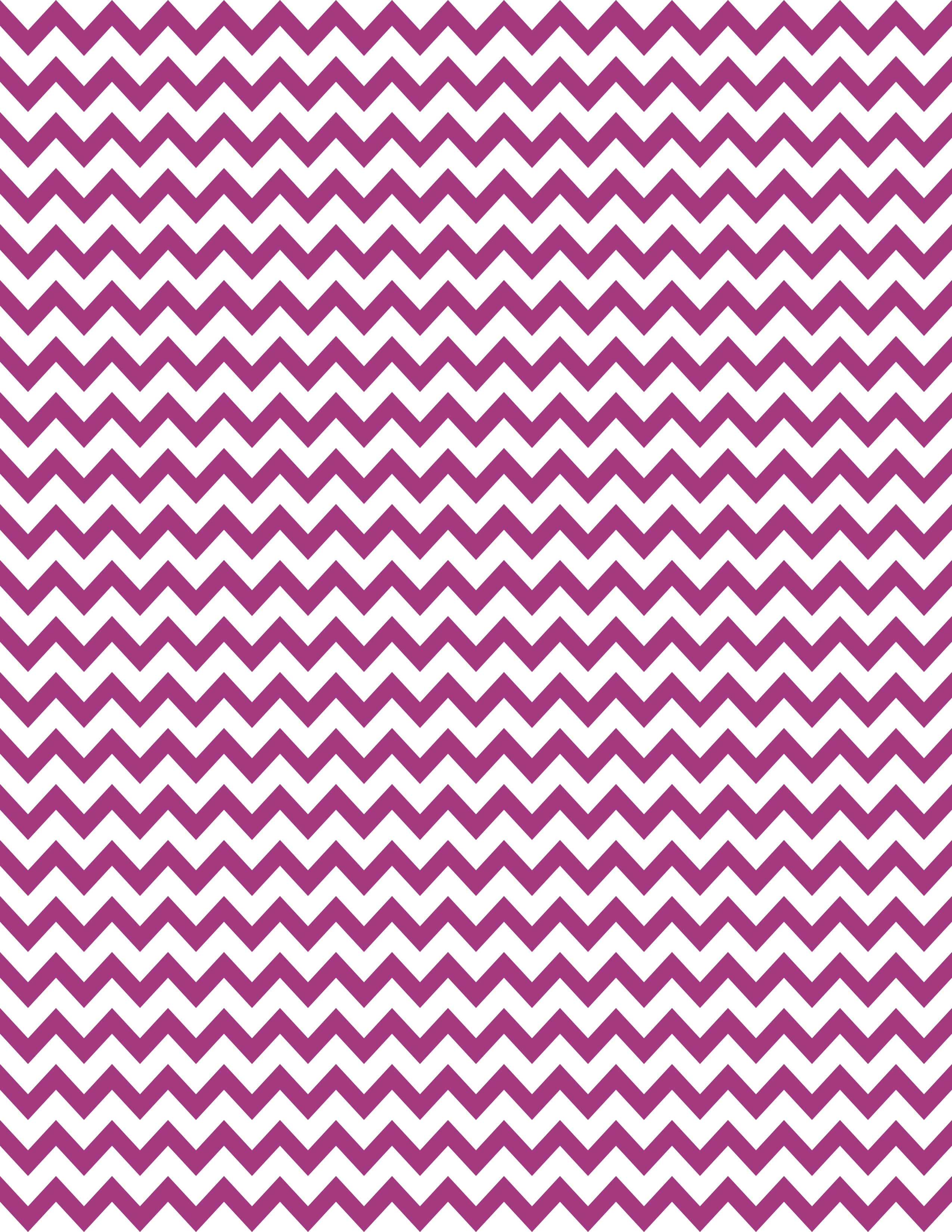

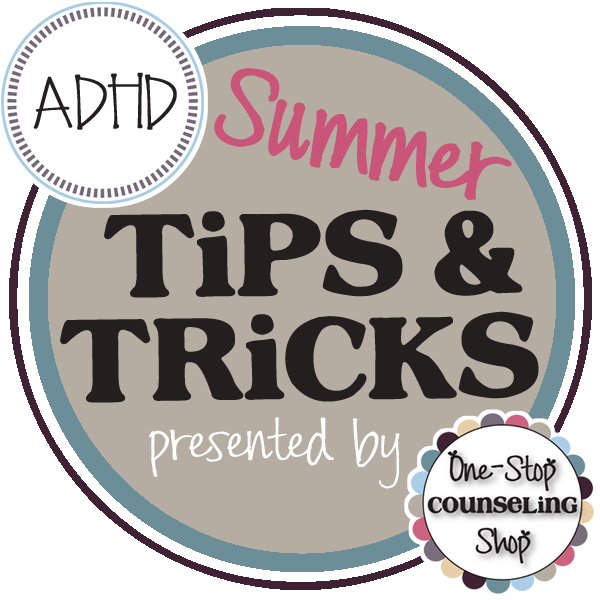
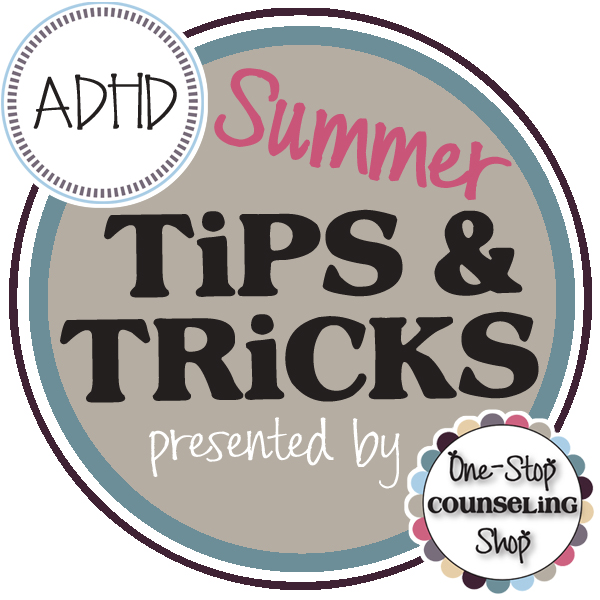

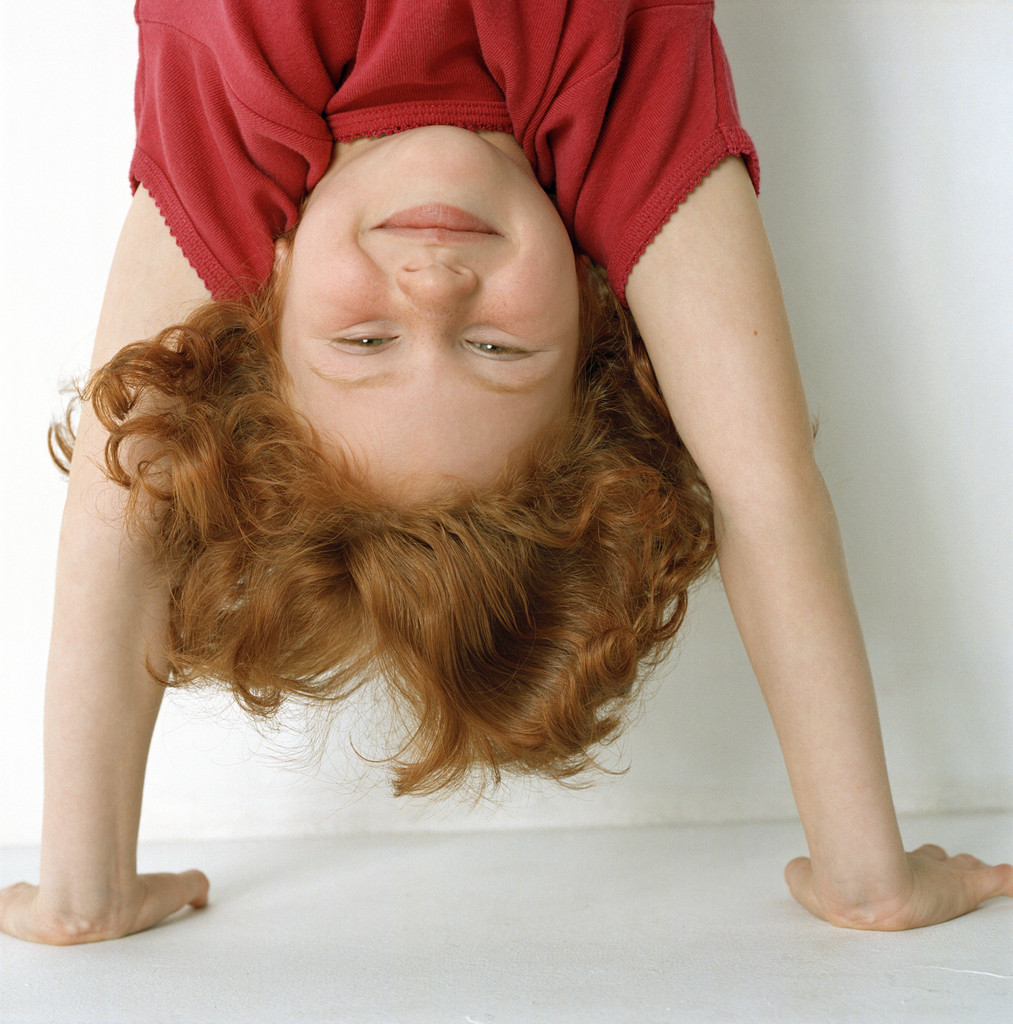 Hyperactive-Impulsive Type –
Hyperactive-Impulsive Type –